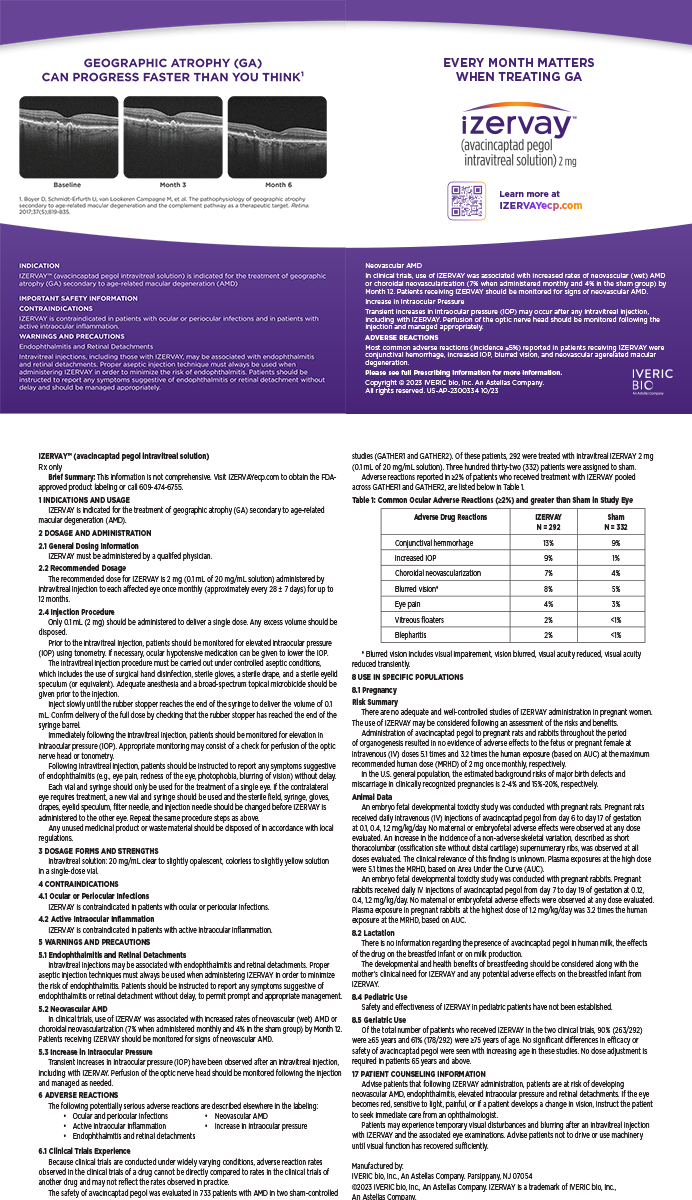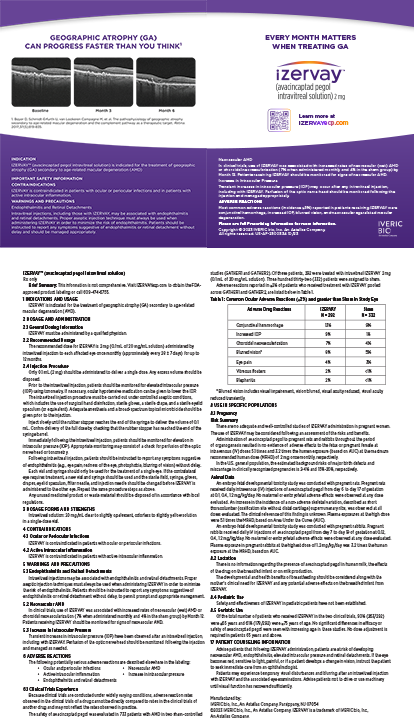Despite recent advances in lens design, instrumentation, and surgical techniques, posterior capsule opacification (PCO) remains the most common complication associated with cataract surgery. Until recently, it has not been possible to effectively isolate and specifically target lens epithelial cells following phacoemulsification. I have developed a disposable instrument, the Perfect Capsule (Milvella Pty. Ltd., Sydney, Australia), which facilitates selective targeting with a new technique called sealed capsule irrigation.
ISOLATING THE EPITHELIAL CELLS
Using an injection-molded silicone device, sealed capsule irrigation isolates the internal lens capsule, including residual lens epithelial cells, from the rest of the eye. Following this isolation, the surgeon can selectively irrigate the interior of the lens capsule and the lens epithelial cells. Although the human capsule is a naturally elastic and flexible structure, the capsulorhexis must be sealed for the duration of the irrigation for sealed capsule irrigation to be possible. The surgeon must be able to inject an irrigating solution into the sealed capsule without leakage.
PREVENTING LEAKAGE
My colleagues and I addressed the leakage dilemma by designing an instrument that can be inserted into the eye through a normal phaco incision. The device utilizes a vacuum ring (similar to that used to fixate the globe during LASIK), which attaches onto the outer surface of the anterior lens capsule and seals around the capsulorhexis (Figure 1). A separate I/A channel then connects the internal lens capsule to the external eye, allowing the surgeon to inflate the capsule and inject irrigating solutions directly into the capsular bag, bypassing the internal eye. The irrigating solution is then removed directly to the external eye, without communication with the rest of the internal eye.
Initially, we tested crude prototypes in pig eyes to determine efficacy, as the strength and elasticity of the pig capsule are similar to those of the human pediatric capsule. When we applied the vacuum, the 5-mm capsulorhexis sealed immediately. Next, we injected fluorescein into the capsular bag through the Perfect Capsule's I/A channel. The fluorescein filled and inflated the bag, and no leakage occurred. Following irrigation with BSS (Alcon Surgical, Fort Worth, TX) to remove the dye from the capsule, we released the vacuum and removed the device easily.
Because the Perfect Capsule is soft, it folds easily and can be inserted through a 3.2- to 3.5-mm incision using Kelman-McPherson Forceps (Katena Products, Inc., Denville, NJ) following phacoemulsification. It unfolds instantly in the anterior chamber, resting on the anterior capsule. The seal and capsule integrity can be tested by inflating the capsule with BSS, and confirmed with VisionBlue dye (D.O.R.C., Zuidland, the Netherlands) (Figure 2).
After manufacturing instruments suitable for use with humans, we performed this technique in 12 human subjects. In these studies, we used VisionBlue to selectively irrigate the lens capsule, without visible leakage of dye into the anterior chamber. To further quantify leakage, samples of aqueous were taken from the anterior chamber during irrigation of the bag with VisionBlue, and no dye was detectable by spectrophotometry.
CONTINUING RESEARCH
We are currently concluding a rabbit study in which we deliver a cytotoxic agent into the sealed capsular bag after phacoemulsification of the crystalline lens. We expect results from this study in the coming months, as well as further research into the most suitable chemical, biological, or pharmaceutical agents to use in sealed capsule irrigation.
Many of the previously investigated chemical methods for targeting lens epithelial cells have been found to be extremely effective in preventing PCO, but their use is limited because of concerns about toxicity to surrounding tissues. Sealed capsule irrigation, however, allows intraoperative selective targeting of the cells responsible for PCO, without the danger of toxicity to adjacent tissue. This technique will provide a pathway for isolating the delivery of chemicals into the capsular bag. This will be especially useful in pediatric cataract surgery, in which PCO presents the most significant and challenging problem, as well as in patients who may be at a greater risk for complications due to YAG capsulotomy.
Material adapted from Dr. Maloof's presentations entitled, “The challenge of PCO prevention” and “Chemical reduction of PCO—a review and new approach,” given at the ICO meeting in Sydney, Australia, on April 22 and 25, 2002, and at the ARVO meeting in Sarasota, Florida, on May 5, 2002, respectively.
Anthony Maloof, MD, is Director of Ophthalmic Surgery at the Western Sydney Eye Hospital in Westmead, New South Wales, Australia. He holds a financial interest in the Perfect Capsule. Dr. Maloof may be reached at +612 9845 6972; anthony_maloof@wsahs.nsw.gov.au.

